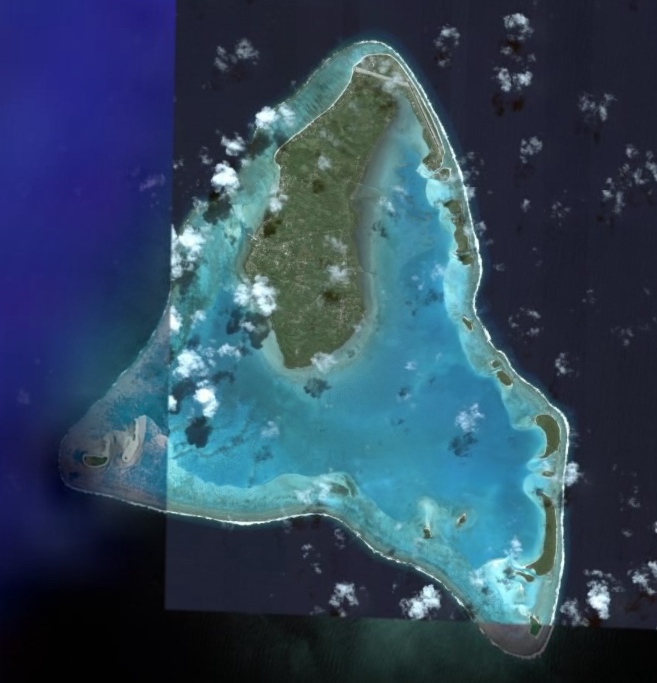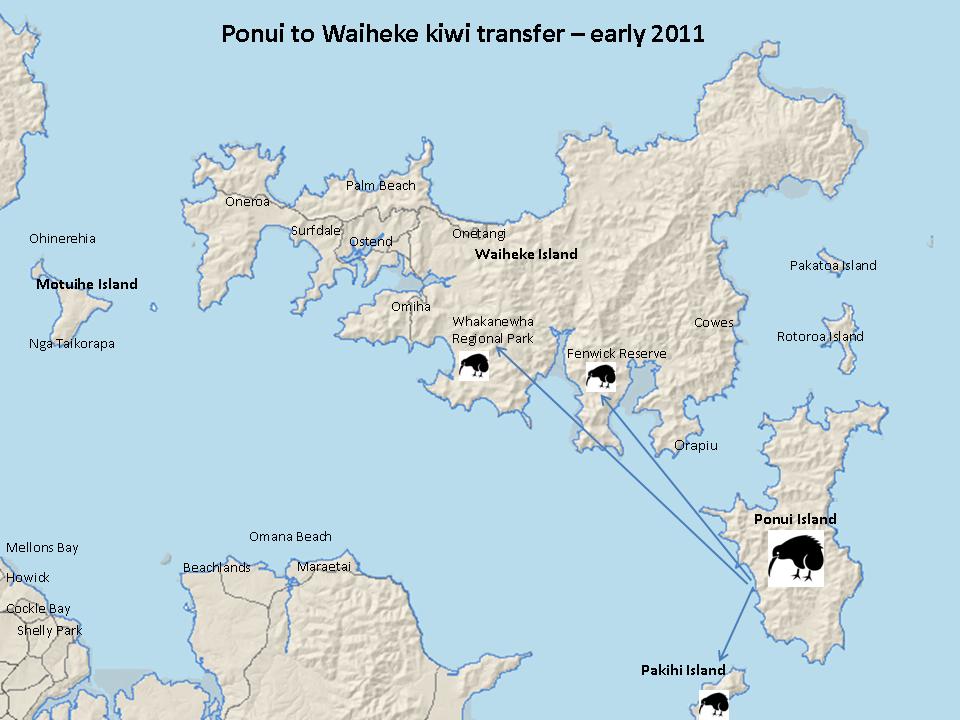Time and patience running out for the Super City?
Auckland has had the Super City for more than six and half years now and for a lot of people it’s starting to feel like a sentence. It should be recalled Aucklanders were never allowed to vote on this massive amalgamation – the government just imposed it. Over time even the Auckland Council’s own polling has revealed the council has become increasingly unpopular – and mistrusted. The election of a new mayor has made little of the hoped-for difference – in many respects the situation is worse now than before. So in addition to the disaffected communities of Waiheke and North Rodney, it’s not surprising that thoughtful commentators from across the political spectrum are speaking out about an Auckland Council that is perceived to be becoming increasingly ineffective and undemocratic. Leading the charge is National Party elder statesman Terry Dunleavy who recently in a ‘Herald’ opinion piece delivered a withering verdict on the Super City – the National government politicians, he declared, ‘got it wrong – and imposed their own mangled monstrosity on our largest metropolis’. Dunleavy’s critique was taken up by Emeritus Professor Ian Shirley who was prescient enough to see it coming. In 2010 he warned that proposed Super City had ‘a corporate structure where the major beneficiaries will be the exclusive brethren of big business, merchant bankers and a narrow range of consultants dominated by legal and accountancy firms’. How right he was.
But with a flying start under the leadership of the effervescent Mayor Len Brown, things at first looked promising. But the truth is the Super City was financially crippled from the start by the fatal decision to buy a brand new IT system that has ended up costing $1.2b and some $70m a year to operate. This was compounded soon after by decisions around office accommodation – especially the decision to buy the ASB tower on Albert Street (a faulty tower indeed) spending on which is still ongoing; and the consequent abandonment of the Civic Administration Building on Aotea Square, 18 floors and 14,000 square metres in the hear of the CBD, deserted for over two years. After the initial spend and borrowing spree (much of it on itself) the council approaching its debt ceiling and fearful of pushing its luck too far with ratepayers is now resorting to selling key assets. First on the block is the Diversified Financial Asset portfolio, a legacy of the Auckland Regional Council. Prudently managed by Infrastructure Auckland and then Auckland Regional Holdings, its investment returns along with Ports of Auckland dividends, enabled the region to pay for the Northern Busway, the Britomart Transport Centre and to rescue and rebuild Auckland’s rail network and services from the very brink of extinction.
With the establishment of the Super City in 2010 the portfolio of stocks and bonds valued at $345m was transferred to the council CCO, Auckland Council Investments Ltd. It was very ably managed by ACIL, returning just under 10% per annum, providing an alternative (non rates) funding stream to the council of $24m a year. However this pot of gold inevitably proved to be too much of a temptation for Auckland Council. In 2015 against the strong objections of its chairman, the highly rated investment banker Simon Allen and fellow ACIL directors, it was transferred to the control of Auckland Council officers. It was in council hands only a few months when the first $100m worth of stocks and bonds was cashed up in 2016 to fill a hole in the budget. ‘Repaying debt’ was the stated reason but repaying debt, which has an interest rate of approximately 4.5%, by cashing up investments that earn twice that amount, is simply destroying value. Last month led by mayor Phil Goff, a majority of councillors including most of the Labour Party and Labour leaning councillors voted to cash up the remaining $230m. Again ‘repaying debt’ was the stated reason with this time much talk of ‘infrastructure’. But liquidating assets that earn money, to replace them with assets that cost money (lots of it) to operate, is not sensible. What happens when the capital is spent? Tragically the benefits of keeping the principal and dedicating the dividends, along with the $50m per year from the port company and the $40m from the airport to a ring-fenced infrastructure investment fund, as I and some other councillors advocated was simply rejected out of hand. As we know from recent disclosures, things won’t stop here, asset sales, the nightmare from the nineties are back. These assets which were inherited from previous generations of Aucklanders should be managed well and handed on to benefit future generations of Aucklanders. Unfortunately among other failings, history may judge the Super City guilty of inter-generation theft
I will leave the last word to Professor Shirley.
‘We don’t need another review of governance, what we need is a cleanout in September of the Wellington swamp that delivered us the Super City and as structural change to those policies that continue to undermine the development of Auckland today’.
This article is published in the July 2017 edition of Ponsonby News




Some of you may remember just prior to the amalgamation there was a Royal commission review carried out on the proposed plan. There were over 5000 submissions made from a wide variety of interests throughout the region which resulted in the commission coming back with a revised plan which appeared to have some form of sanity attached. Unfortunately the MP who had proposed the amalgamation totally ignored all the recommendations and pushed ahead with his “dream”. As Michael points out along with many others it has been a failure and will continue to be so until such time as the sty can be cleaned out.
Thanks Dick,
Please excuse my rather belated reply.
😊